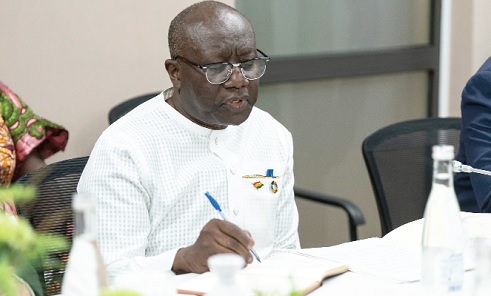Financial Stability Fund to offer solvency support to financial institutions via “GoG recapitalisation bonds” on commercial terms – Finance Ministry
In the case of insurance companies, their eligibility will be in line with the Insurance Industry Strengthening Strategy (ISS).
- Advertisement -
- Advertisement -
- Advertisement -
- Advertisement -
- Advertisement -


